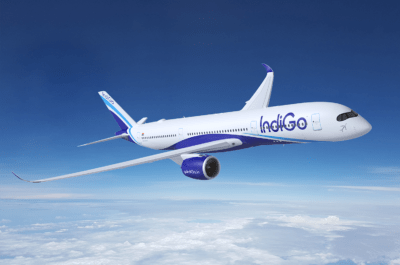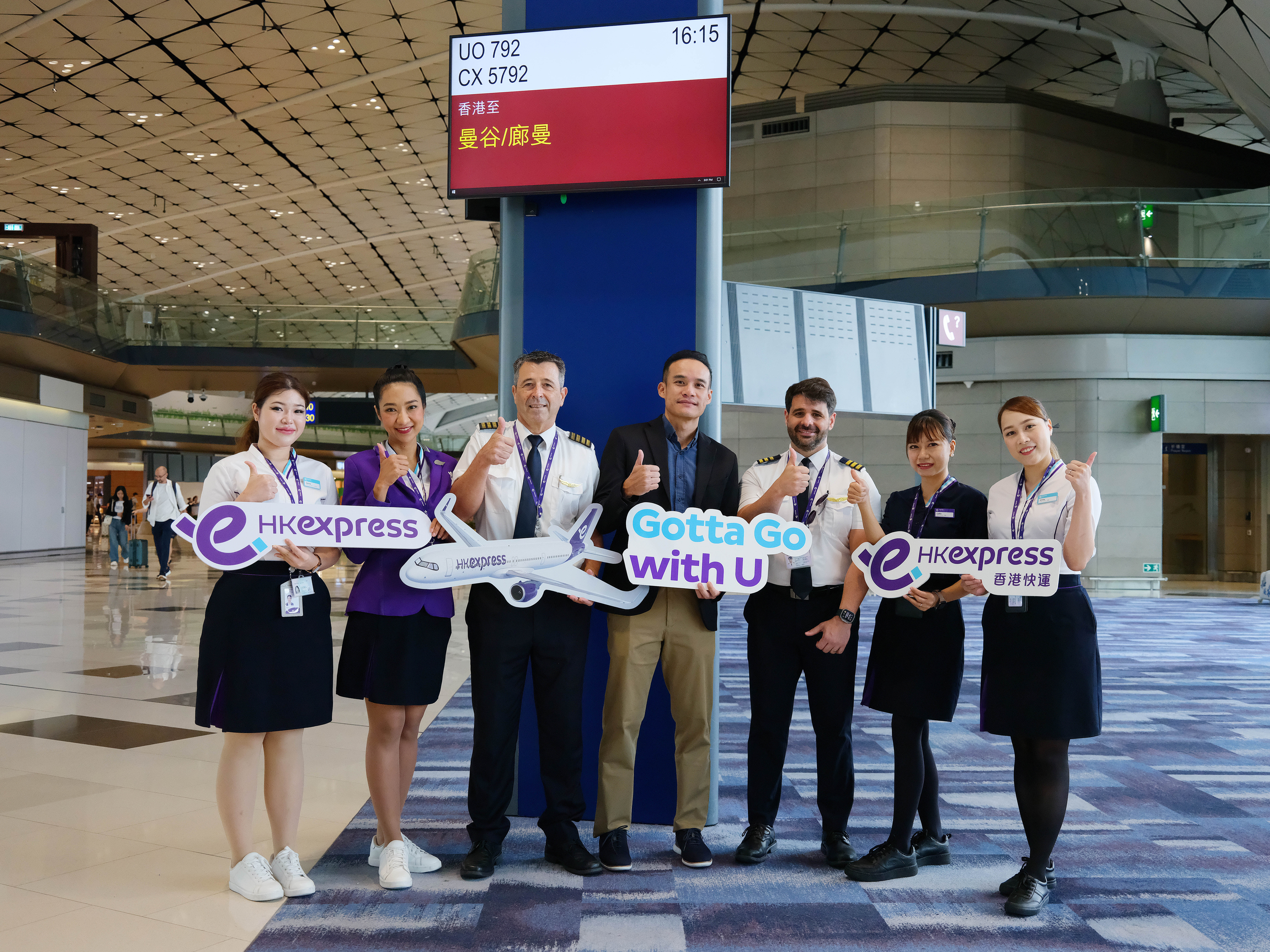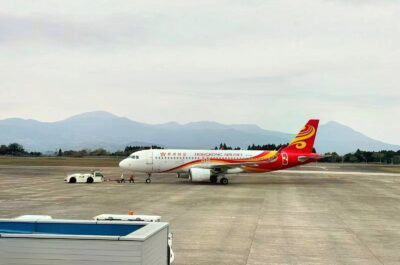Airport operations and behaviour have changed rapidly across the world under the influence of low cost carrier (LCC) development. The most dramatic impacts have been on so-called “secondary” airports near large cities. These were often previously often unused, or greatly under-utilised. Life has been breathed into them by the…
 Airport operations and behaviour have changed rapidly across the world under the influence of low cost carrier (LCC) development. The most dramatic impacts have been on so-called “secondary” airports near large cities. These were often previously often unused, or greatly under-utilised. Life has been breathed into them by the arrival of one or more LCCs.
Airport operations and behaviour have changed rapidly across the world under the influence of low cost carrier (LCC) development. The most dramatic impacts have been on so-called “secondary” airports near large cities. These were often previously often unused, or greatly under-utilised. Life has been breathed into them by the arrival of one or more LCCs.
At the same time they, as well as some longer-established airports, have been catapulted into a world of competition for fast growing point-to-point traffic. In the process, they too have demonstrated innovative and competitive responses, reflecting the nature of the new airline type(s).
These are some of the core observations in a new 270-page report, Low Cost Airport Terminals, published by the Centre for Asia Pacific Aviation.
“For the first time, airlines have begun to shape the way airports operate”, said the report’s editor and Executive Chairman of the Centre, Peter Harbison.
“However, unlike airlines, airports have only a relatively limited armoury of competitive options. They are given their geography; infrastructure is largely inflexible and long term, capital planning needs do not synchronise with airline spending profiles, and, despite airline aggression (LCC and full service alike) aimed at reducing aeronautical charges, reducing charges alone cannot sustain air services where they are otherwise unviable”, he said.
The 125,000-word report looks at the various ground-breaking ways in which airports have reacted in this new and challenging environment. Some have been more successful than others. The mistakes made will often provide valuable lessons for others to learn from. But every airport is different, just as every airline market is different in basic ways.
According to Mr Harbison, “there are however two vital messages: (1) LCCs offer remarkable opportunities for rapid growth, sometimes with proportionately higher risk; and (2) the innovation and creativity of LCCs are necessary ingredients in responding effectively to the new profile of airline operation”.
The report’s principal author, David Bentley, stated, “the demands of LCCs can be wholly different from those of the ‘full service’ and ‘network’ carriers, as they are now known. The LCCs do not want their passengers languishing in airport lounges or shops. They need them rapidly on board so their pilots can keep up with tight schedules and where they can sell them the extra goods and services that form an essential part of their business plan. They do not want to pay high airport charges to support what they consider to be unnecessary airport features”.
Airports have thus had to adapt existing and expensively installed facilities to these demands, or to build new terminals. In a few cases entire new airports have been built to these new standards.





















![[PR] PR_Ascott and Vimut Hospital_2024](https://www.traveldailynews.asia/wp-content/uploads/2024/04/PR-PR_Ascott-and-Vimut-Hospital_2024-400x265.jpg)






















































